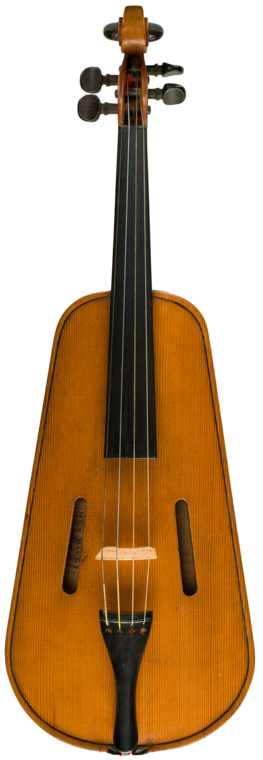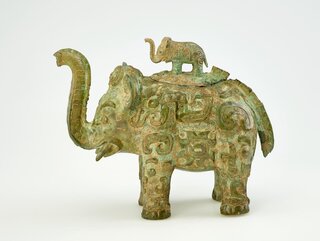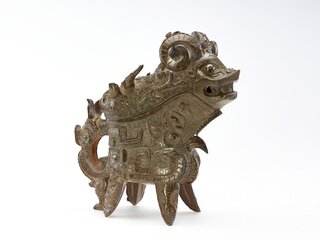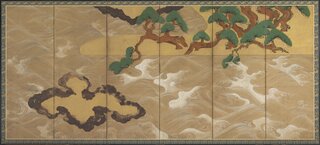
This “Hollow Back Violin" was invented by William S. Mount of Stony Brook, New York. The patent model was made by Mount’s friend James H. Ward in 1852 and received U.S. Patent number 8,981. William Sidney Mount is best known as an important American genre painter. He also invented a steamboat paddle wheel, a two-hulled sailboat and a painting studio on wheels. Mount studied folk music, was fascinated by the violin and believed that a concave shape and a short soundpost would result in a fuller, richer, more powerful tone. He displayed his instruments in the 1853 New York World’s Fair Crystal Palace, demonstrating the hollow back model himself. The instruments were praised by contemporary musicians. This violin is made of a one-piece table of spruce, one-piece back of maple with irregular broad horizontal figure, ribs of slab-cut maple with faint irregular figure, neck of mildly figured maple with pegbox and scroll with attached black ears, and a yellow-brown varnish.
This piece is currently on display at the Smithsonian in the National Museum of American History.




